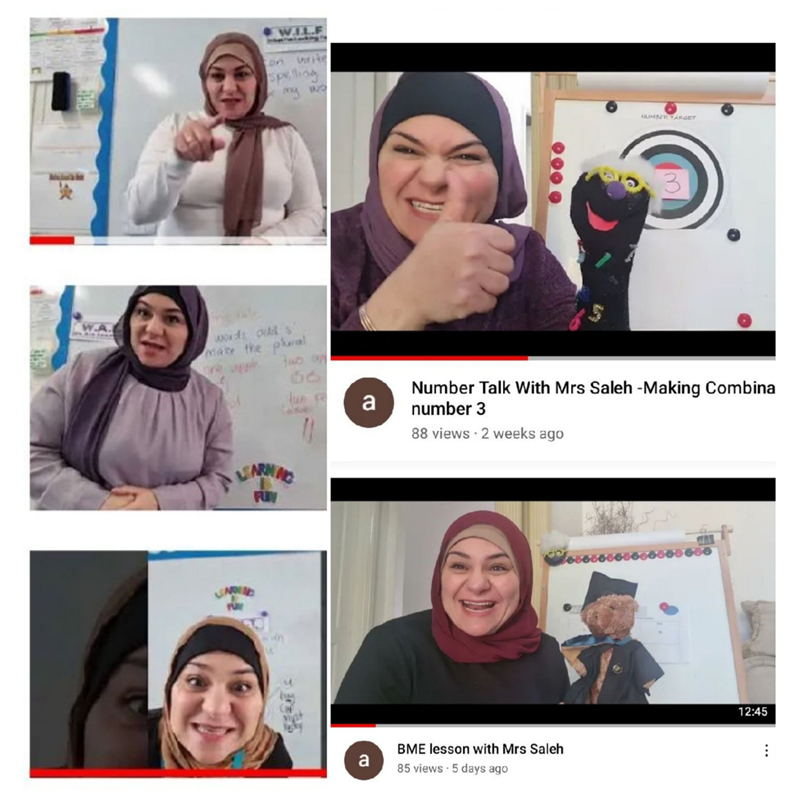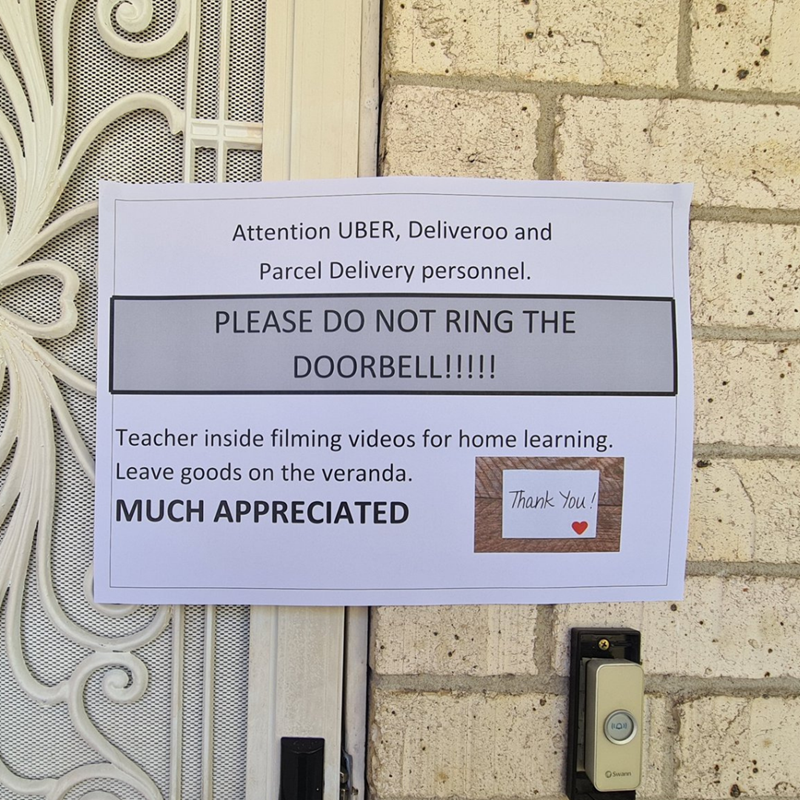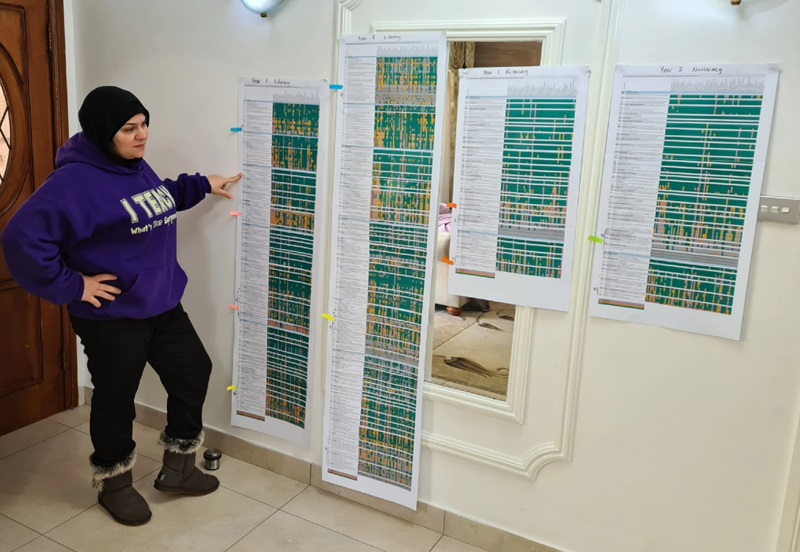Lockdown, Zoom, MS Teams, online learning, remote learning, Google Classroom, Seesaw and 'you're on mute', have become buzz words in this new COVID world that we have found ourselves in.
The terms ‘life-long learning’ and professional development have never meant so much, as teachers from across the spectrum of experience learn how to adapt their practice to teach remotely and develop their knowledge and expertise in online
tools and technologies.
Consequently, our roles as teachers, which have always been multifaceted and diverse, have been transformed to include, on-camera presenter, director, producer, editor, set constructor and make-up artist, as lessons are pre-recorded or delivered live,
online.
Thousands of teachers are currently, have, and dare I say, may again, engage in remote teaching due to the pandemic. A task which was previously thought to be unimaginable and impossible, is now almost second nature and becoming more seamless, as schools
transition between face-to-face and remote teaching and learning. It is an incredible reflection of the agility and professionalism of teachers how we have collectively responded to continue education for our students.
The challenges of remote teaching and learning are very well known to us, we live it every day and through every meeting with colleagues, students or parents and guardians. What is not always well known to us is best practice in overcoming these challenges.
This is an emerging field of knowledge which we will all contribute to from our lived work experiences.
I will now attempt to contribute by sharing my top ten tips in learning to teach from home. You will notice that many of the points I raise are plain ‘elements of good practice’. What I am proposing is that with learning from home, the priority
and urgency of these ‘elements of good practice’ are altered and rearranged.
1. Teacher Wellbeing
First and foremost comes your wellbeing! You cannot pour from an empty cup! Take positive steps and actions to promote the production of those happy chemicals (serotonin, dopamine, oxytocin and endorphins) so you can be in the best position
to support others (a happy chemical producer itself!).
2. Trauma Aware Practice – Student wellbeing
The lockdown, and pandemic in general, has been a source of great trauma for students of all ages. We need to remain cognisant that students (especially those in the early stages of schooling) may be struggling to make sense of the current situation and
restrictions. We must also remember that with lockdowns come increased levels of family stress and in many cases, financial pressures.
With this in mind, as teachers we can look out for early signs of trauma. Identifying potential trauma is the most important step in providing support. Clearly, with remote teaching, the most obvious signs can only be uncovered where there is open and
clear communication with parents and guardians (seek information about things such as sleep patterns, changes in eating, lethargy etc.).
In the lockdown teaching realm, signs may include, but are not limited to: disengagement in learning tasks, limited oral engagement in live sessions or recording of responses, expressions of sadness (both visual and oral) and expressions of hopelessness
in drawings and the content of writing (especially in responding to texts and writing narratives). A widely used strategy is the timetabling of wellbeing focused tasks. Students must be reminded that you care. Show them how much you care in your calls,
feedback and interactions.
3. Enthusiasm
Never forget your passion for teaching. Students need to see our enthusiasm now more than ever. This is easily communicated to our students through the energy levels that we present and the tone of our communications.
4. Empathy
In designing online learning experiences, put yourself in the position of the learner just as you usually would for in class learning. Think to yourself, if I sat in on this lesson, would I be able to achieve the desired outcomes and success criteria?
5. Videos
Whether live or pre-recorded, SHOW YOUR FACE! There is no need for fancy apps when pre-recording any instructional videos. Students want to and need to see your face for reassurance and some sort of normality (no matter how distorted!). Make the instructional
videos as close to the modelled part of your lessons as possible. Use puppets or props (where appropriate), this provides thinking time for students and makes lessons more engaging and fun. Tap into your humour and MOST IMPORTANTLY, smile! A LOT!

Background music helps to maintain attention and provides a positive vibe. It has been my experience that posting videos onto You Tube and sharing links via QR codes have improved accessibility and engagement. Just beware of those automatically generated
thumbnails and take steps to reduce unwanted noise when recording (as I have with the doorbell sign!)

6. Learning Intentions and Success Criteria (LISC)
Clearly communicate your LISC in language the students can access and refer to them during the lesson. Backward map from your LISC to ensure that the lesson design reflects best practice in scaffolding, language development and cognitive load. This is
really not different to in class teaching and is just as important online.
7. WAGOLL - What a Good One Looks Like
Worked samples or exemplars (many primary school teachers call these WAGOLLs) are no brainers when planning and delivering lessons. In lockdown learning, these become even more important as students backward map their own learning to produce quality products.
I have noticed that parents and guardians also value these when supporting their children with home learning.
8. Continuity of Learning - Data Analysis
Remote teaching and learning provides educators with opportunities and challenges that they may have never encountered, especially when teaching students from low socio-economic backgrounds and/or EAL/D students or students with additional needs.
Issues with access to technology and knowhow, as well as the magnified need for explicit teaching, necessitates increased precision in content selection and pedagogical approaches. Which is why, this is a good time for teachers to maintain continuity
of learning by providing opportunities for students to consolidate their learning and build on current skills, as opposed to presenting complex new learning (where possible, and more so in the primary school stages).
To do this, teachers must be very aware of where their students are currently at with their learning and design learning experiences accordingly. One strategy is to create an easy to access data wall (as I have).

9. Feedback
Feedback is a gift that promotes a growth mindset. Lockdown learning elevates the urgency of having a growth mindset and the capacity to self-regulate. That is why everything we know about feedback (its timeliness, goal orientation, proactiveness, promotion
of actions moving forward and its fostering of self-reflection) is even more pertinent than ever. Remember, in the words of Dylan Wiliam, “Good feedback causes thinking”.
10. Work environment
When teachers advise parents and guardians about how to support their children during remote learning, the first thing that is mentioned is the importance of the learning environment. This is equally important for teachers teaching from home.
In my own home working environment, I have ensured easy access to any resources I may need, keep water (to stay hydrated) and a significant source of dark chocolate (to produce those endorphins) available, and like many others, I have chosen to wear comfortable
attire (at least the bits not visible on virtual meetings).

The intent of this article was to support my colleagues in maintaining the provision of high-quality education in the challenging circumstances of lockdown learning. I hope my ‘Tale’ has been of benefit.
Abby Saleh is a nationally certified/accredited HALT working as an Instructional Leader at Fairfield Public School in Sydney's South
Western suburbs, an area which is home to significant numbers of refugees and migrants.